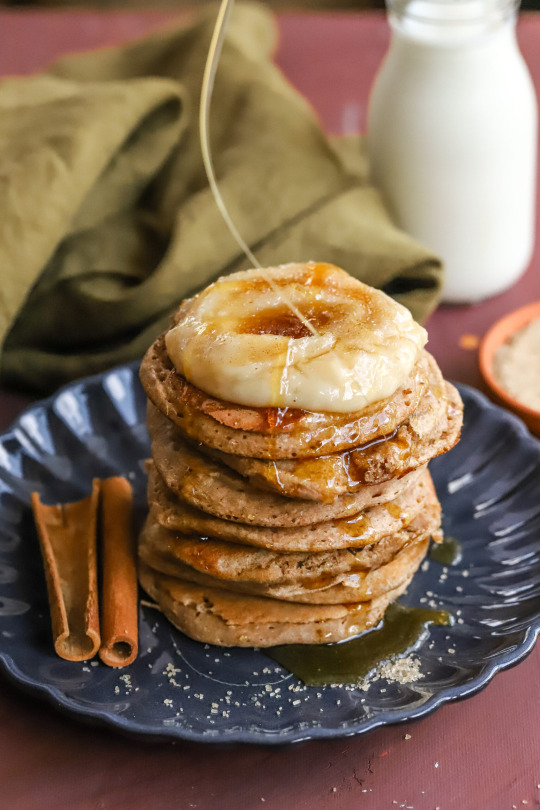#south american plants
Text

🪴 🌱
#snake plants#cactus plants#south american plants#air plants#plants plants plants#plant#plants#plant lovers#plant lover#gardening#garden#home garden#plant memes#plant jokes#plant meme#plants are better than people#plants are life#plant mom
64 notes
·
View notes
Text
Transform Your Space with These Top Plants for South America

Experience the thrill of cultivating South American plants in your own backyard. Whether you're a seasoned gardener looking for a new challenge or a novice desiring to green up your living space, our comprehensive guide "Green Up Your Space: The Best Plants To Grow In South America" has something for you. Begin your gardening journey today by discovering how to choose, plant, and care for South American flora, turning any space into a lush, tropical oasis. Jam-packed with tips, tricks, and expert advice, this article will turn you into a South American plant aficionado in no time. So, roll up your sleeves and let’s dive deep into the world of vibrant blooms, stunning foliage, and exotic fruits that constitute the captivating variety of South American plants. There's a whole world waiting to sprout in your backyard.
Green Up Your Space: The Best Plants To Grow In South America
Living in South America means being surrounded by lush, vibrant plant life. As a plant enthusiast, I've discovered some of the best plants to grow in this region that are not only beautiful but also easy to care for.
One plant that thrives in South America is the Monstera deliciosa, also known as the Swiss cheese plant. Its large, glossy leaves and unique splits make it a striking addition to any space.
Another favorite of mine is the Bromeliad, a tropical plant that comes in a variety of colors and sizes. These plants are low-maintenance and perfect for adding a pop of color to your home.
The vibrant Bougainvillea is a popular choice for South American gardens. Its bright, colorful blooms will add a touch of tropical paradise to your outdoor space.
The Philodendron is a versatile plant that can thrive both indoors and outdoors. Its heart-shaped leaves and easy care make it a must-have for any plant lover.
For those looking to add some greenery to their space, the Spider Plant is a great choice. Its long, slender leaves and air-purifying qualities make it a popular option for homes and offices alike.
Remember, when choosing plants for your space, consider factors such as lighting, humidity, and temperature. With the right care, your South American plants will flourish and bring a touch of nature into your home.
For more tips on greenifying your space, check out my related article on 5 Essential Tips for Plant Care in South America. Happy planting!
Learn more about gardening with Taim.io!
0 notes
Text
"A century of gradual reforestation across the American East and Southeast has kept the region cooler than it otherwise would have become, a new study shows.
The pioneering study of progress shows how the last 25 years of accelerated reforestation around the world might significantly pay off in the second half of the 21st century.
Using a variety of calculative methods and estimations based on satellite and temperature data from weather stations, the authors determined that forests in the eastern United States cool the land surface by 1.8 – 3.6°F annually compared to nearby grasslands and croplands, with the strongest effect seen in summer, when cooling amounts to 3.6 – 9°F.
The younger the forest, the more this cooling effect was detected, with forest trees between 20 and 40 years old offering the coolest temperatures underneath.
“The reforestation has been remarkable and we have shown this has translated into the surrounding air temperature,” Mallory Barnes, an environmental scientist at Indiana University who led the research, told The Guardian.
“Moving forward, we need to think about tree planting not just as a way to absorb carbon dioxide but also the cooling effects in adapting for climate change, to help cities be resilient against these very hot temperatures.”
The cooling of the land surface affected the air near ground level as well, with a stepwise reduction in heat linked to reductions in near-surface air temps.
“Analyses of historical land cover and air temperature trends showed that the cooling benefits of reforestation extend across the landscape,” the authors write. “Locations surrounded by reforestation were up to 1.8°F cooler than neighboring locations that did not undergo land cover change, and areas dominated by regrowing forests were associated with cooling temperature trends in much of the Eastern United States.”
By the 1930s, forest cover loss in the eastern states like the Carolinas and Mississippi had stopped, as the descendants of European settlers moved in greater and greater numbers into cities and marginal agricultural land was abandoned.
The Civilian Conservation Corps undertook large replanting efforts of forests that had been cleared, and this is believed to be what is causing the lower average temperatures observed in the study data.
However, the authors note that other causes, like more sophisticated crop irrigation and increases in airborne pollutants that block incoming sunlight, may have also contributed to the lowering of temperatures over time. They also note that tree planting might not always produce this effect, such as in the boreal zone where increases in trees are linked with increases in humidity that way raise average temperatures."
-via Good News Network, February 20, 2024
#trees#forests#reforestation#tree planting#global warming#climate change#climate crisis#american south#the south#eastern us#southern usa#conservation#meteorology#global temperature#conservation news#climate news#environment#hope#good news#hope posting#climate action#climate science#climate catastrophe#climate hope
13K notes
·
View notes
Text
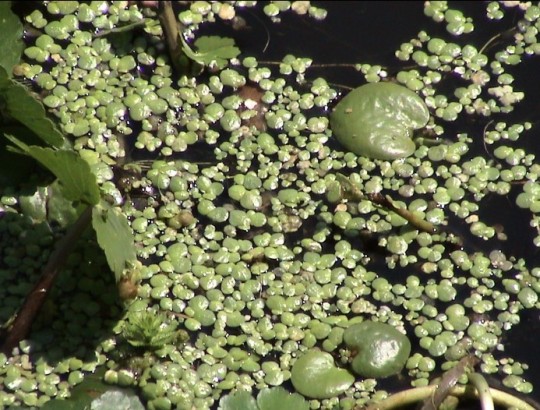

Fat Duckweed (Lemna gibba)
Family: Arum Family (Araceae)
IUCN Conservation Status: Least Concern
A tiny aquatic plant found in slow-moving or stagnant freshwater habitats across much of Africa, Europe and the Americas, Fat Duckweed floats freely on the surface of the water, respiring and carrying out photosynthesis through a buoyant leaf-like “main body” called a thallus while its single submerged root hangs down and absorbs inorganic nutrients such as nitrogen (which plants need to produce chlorophyll) from the water around it. Although they do occasionally produce flowers (particularly when exposed to intense sunlight and low water levels,) members of this species primarily reproduce asexually, with the thallus developing bud-like offshoots that split of into new but genetically identical offspring, and through this method of reproduction (which can occur every few days) Fat Duckweeds can quickly spread over vast areas, potentially near-totally covering the surface of the body of water they inhabit under ideal conditions. The root of an adult Fat Duckweed is sticky, allowing members of this species to compensate for their limited ability to spread their rarely-produced seeds by adhering to semiaquatic animals such as ducks, allowing them to be carried between bodies of water and colonise new areas (hence the name, “duckweed.”) If an individual should fall from the animal that was carrying it before reaching a suitable body of water, it may also be able to survive in sufficiently damp soil.
——————————————————————————
Image Source: https://www.inaturalist.org/taxa/63913-Lemna-gibba
#Fat Duckweed#duckweed#duckweeds#plant#plants#botany#biology#aquatic plants#aquatic wildlife#wildlife#african wildlife#european wildlife#north american wildlife#south american wildlife
118 notes
·
View notes
Text


Plant of the Day
Thursday 5 October 2023
The last few flowers of Nicotiana sylvestris (woodland tobacco plant, flowering tobacco, South American tobacco) are blooming. This biennial or short-lived perennial is grown as a half hardy annual in colder conditions. The flowers are strongly scented at night attracting pollinating moths.
Jill Raggett
#nicotiana#woodland tobacco plant#flowering tobacco#South American tobacco#white flowers#scented#half hardy annual#plants#biennial#horticulture#gardens#garden#cambridge
66 notes
·
View notes
Text
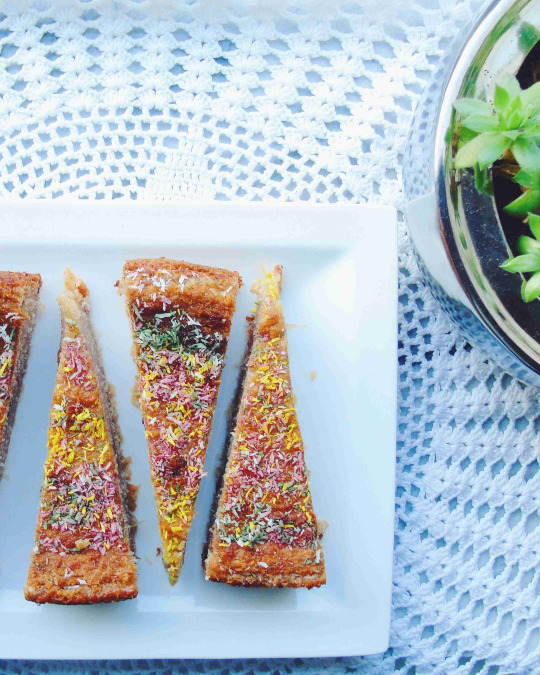
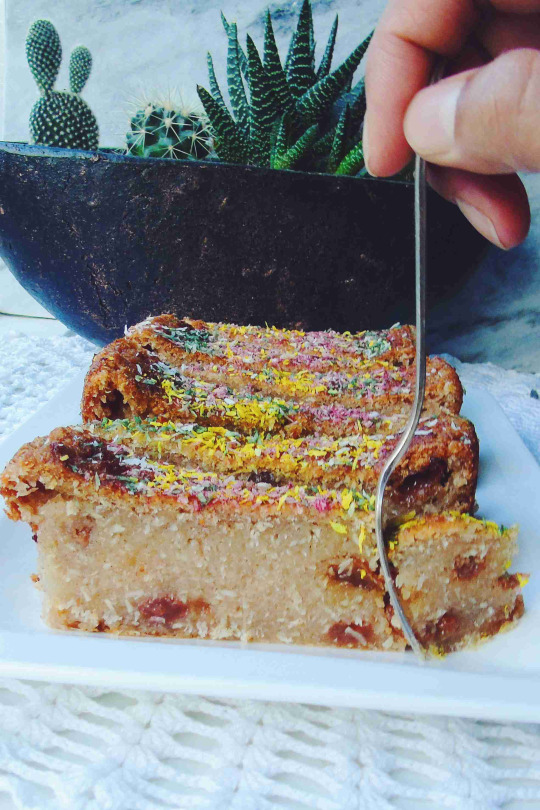
Surinamese Bojo / Cassava Coconut Cake (Vegan)
#vegan#desserts#surinamese cuisine#South American cuisine#cake#cassava#coconut#coconut milk#raisins#cinnamon#vegan butter#almond extract#vanilla#plant milk#coconut sugar#beet powder#turmeric#spirulina
16 notes
·
View notes
Text

Vegan "Chicken" Huancaína
[[MORE]]
1 pack soy curls or soya chunks
2 cups vegetable bouillon
2 tbsp olive oil
1 white onion, peeled and chopped
2 yellow bell peppers, cored and chopped
3 cloves garlic, peeled and minced
2 cups vegetable bouillon
1 block soft tofu
1/2 cup bread crumbs
1/2 cup nutritional yeast
1 tsp ají amarillo paste (or more if you like spicy)
1 tsp cumin
1/4 tsp turmeric
2 tbsp oilve oil
1 cup green peas
1/2 tsp sea salt
1/4 tsp black pepper
Place soy curls in a large glass mixing bowl. Pour vegetable bouillon over top. Stir to fully incorporate. Allow to rehydrate while you prepare the sauce.
Heat 2 tbsp olive oil in a large saucepan over medium-low heat. Sauté onion and bell peppers for several minutes. Add the garlic and sauté for another minute or two. Remove from heat.
Transfer cooked veggies to a blender. Add; 2 cups vegetable bouillon, soft tofu, bread crumbs, nutritional yeast, ají amarillo paste, cumin, and turmeric. Purée until smooth.
Heat 2 tbsp olive oil in a large saucepan over medium-low heat. Brown rehydrated soy curls, stirring frequently, for several minutes. Stir in the puréed sauce. Turn heat to high. As soon as mixture comes to a boil, reduce temperature to low and simmer, stirring frequently, for about ten minutes. Turn heat off.
Stir in the green peas, sea salt and black pepper.
Serve over Cilantro Rice.
Cilantro Rice
1 bunch cilantro leaves
3 cups vegetable bouilon
1 tbsp olive oil
1 white onion, peeled and chopped
3 cloves garlic, peeled and minced
2 cups white rice
Place cilantro leaves and vegetable bouillon in a blender. Puree until smooth. Set aside.
Heat olive oil in a saucepan over medium-low heat. Sauté onion for several minutes. Add garlic and sauté for another minute or two. Turn heat off.
Transfer sautéed onion to a rice cooker. Stir in the white rice then stir in the cilantro broth mixture. Cook accordingly to directions on rice cooker.
When done give another thorough stir.
#vegan huancaina#plant based huancaina#vegan peruvian#plant based Peruvian#vegan Latin American#vegan south american
8 notes
·
View notes
Text

Wapato in Okeechobee, Florida - February 20th 2024
#love duck potato these things are so nice to see#photographers on tumblr#nature#wetlands#lake Okeechobee#florida#american south#edible plants#white flowers#original photography
7 notes
·
View notes
Text
I GOT AN INTERVIEW FOR MY SCHOLARSHIP INTERNSHIP THING
#IT INVOLVES MARSH PLANTS#AND THE FACT THAT THEIR INVASIVE#IN THE AMERICAN SOUTH#ITS PERFECT#IM SO EXCITED#cons: I have to learn GIS#Pros: field work
10 notes
·
View notes
Text
Very funny and awesome to me that the most alien fucked up looking plant that eats bugs by chomping down on them like an actual mouth is from ONE spot in South Carolina…
I keep imagining some terrifying alien creature that you come upon only for it to tip it’s cowboy hat at you, spit out a dead fly, and offer you some iced sweet tea.
#venus fly trap#carnivourousplant#south carolina#venus flytrap#plants#plant#southern#American south#native plants
11 notes
·
View notes
Text

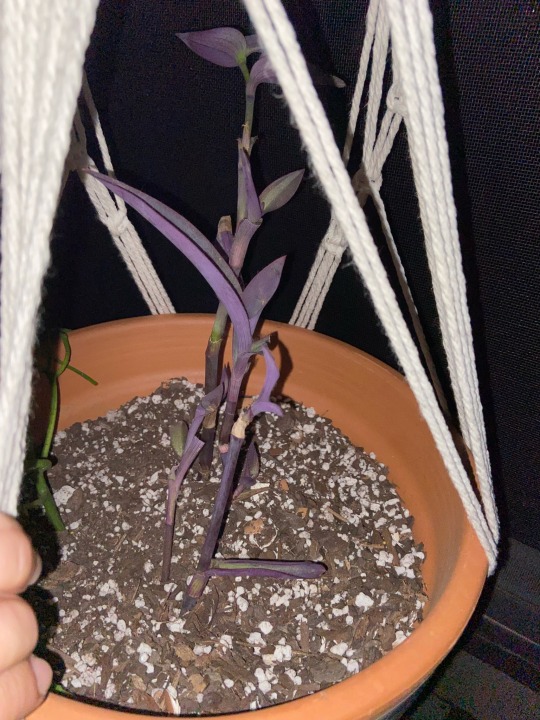



Here’s a picture of my cute propagation station and my Purple Hearts plant (originated in Mexico - not Georgia as most think lol) with my pencil cactus plant! 🌵 🪴
#plants#plant#south american plants#Central American#South American#cactus#cactus plants#cacti#plants plants plants#plant lady#plant lover#plant lovers#plant life#planting#gardening#garden#mini garden#purple hearts#Purple Heart#Purple Heart plant#pencil cactus#propagating plants#propagation#propagation station#pothos#golden pothos#peperomia#peperomias#tradescantia#PURPLE QUEEN
2 notes
·
View notes
Photo
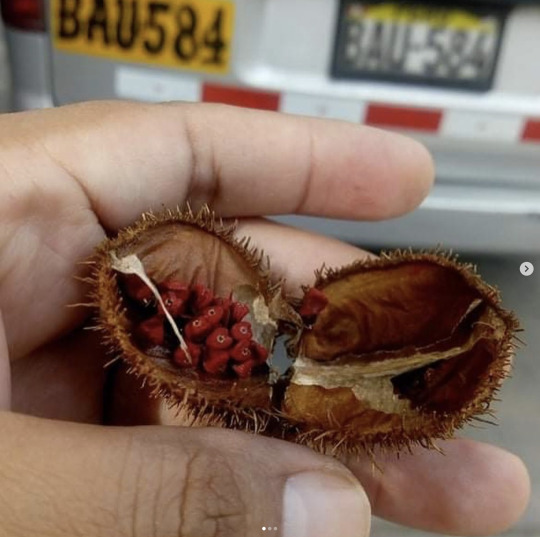
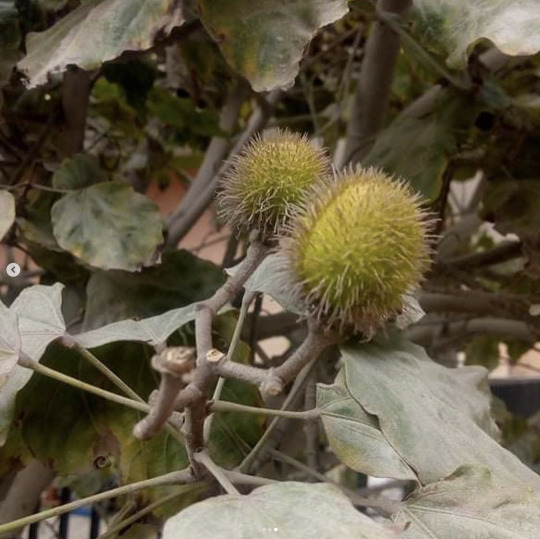
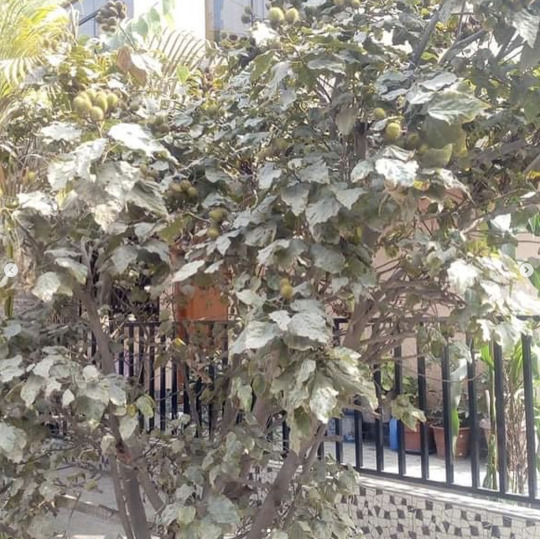
Today we have a special guest post from my friend Esi Sanchez in Peru.
This exotic (for us Europeans!) plant is something you’ve probably eaten many times without knowing it. This plant is the Achiote (Bixia orellana), a shrub native to northern South America and Mexico. Its spiky seed pods contain seeds with vibrantly hued waxy red arils (seed covering). The seeds are ground to obtain a crimson dye that’s safe for food and cosmetics. Many traditional recipes use achiote, such as the Yucatan dish conchita pibil, and indigenous people have used achiote as body paint and makeup since Pre Colombian times.
If you see “annatto “ on the ingredients list of processed foods, you’re eating a safe, natural food dye made from achiote.
#katia plant scientist#plants#botany#economic botany#bixia#bixia orellana#conchita pibil#achiote#red dye#natural colours#natural dyes#natural food dye#red#plant dye#all natural#peru#peru nature#south america#arils#native american culture#indigenous american#annatto#plant facts#plant biology
6 notes
·
View notes
Text

1915: Alexander Goth is completely sure that he's a good person. It was always his younger sister Annie who thought it was funny to make babies cry, it was his younger sister Annie who liked to chase after rabbits and try to crush their skulls. Annie was the bad person, not him.

But as his political career advances, the head of the Goth family prioritizes money over others' wellbeing every time. All Alexander cares about is money, books, and his family. His family, but not anyone else's.

Alexander will repeat, over and over to himself, that he is not a bad person. He's never personally harmed anyone! He can't be a bad person! And as he agrees with the people in charge, and allows harm to come to others through this, he continues to believe that he's never done anything wrong.
#decades challenge#sims 4#sims 4 decades#the sims 4#goth family#1910s#1915#alexander goth#me: im gonna set this in georgia because the goths have plants in their yard#that are mostly in the american south#and georgia is the randomest southern us state i know.#me later realizing what ive done: oh no#anyways denial ain't just a river in egypt alex!
2 notes
·
View notes
Text

Common Sunflower (Helianthus annuus)
Family: Aster Family (Asteraceae)
IUCN Conservation Status: Least Concern
Originating from the Americas, the Common Sunflower can now be found on every continent except Antarctica, both in cultivation (where it is grown for its edible seeds, useful oils and iconic flowers) and in the wild as an invasive species. Typically growing in open habitats with damp, nutrient-rich soil, members of this species are often said to turn to face the sun, although this is not strictly true; young Common Sunflowers do position their developing flowers to face towards the sun throughout the day, but upon reaching maturity their flowers remain fixed in place, almost always facing east - as the sun rises in the east, this means that the dark surface of the mature flower heads are heated up each morning, making them more attractive to ectothermic ("cold-blooded") pollinating insects. What is typically thought of as the flower of a sunflower is actually a large flower-supporting structure called a flower head, and upon closer inspection the "face" of the flower head is covered in a large number of tiny true flowers called florets - while cultivated varieties and the invasive populations descended from them only ever develop a single flowerhead, wild individuals often branch out and develop several, each supporting up to 2,000 florets. Each flower head supports both pollen-producing "male" florets and pollen-receiving "female" florets, and upon being pollinated female flowers develop into small, black, dry fruits commonly referred to as "sunflower seeds", although in reality the pale rounded structures within the "seeds", known as sunflower hearts, are the true seeds, with what is typically thought of as a sunflower seed serving to attract small animals to swallow them and allow the seeds within to be dispersed in the animals' dung. Although they reach considerable sizes (with wild individuals growing to be up to 3 meters/ 10 feet in height, with some cultivated varieties reaching even greater heights,) Common Sunflowers are short-lived, germinating, reproducing and dying in only around 10-18 weeks.
--------------------------------------------------------------------------
Image Source: https://www.inaturalist.org/taxa/57983-Helianthus-annuus
#common sunflower#sunflower#sunflowers#plant#plants#flowering plants#flowering plant#botany#biology#wildlife#North American wildlife#South American wildlife
51 notes
·
View notes
Text





#difficult dinner direction director discover discuss discussion disease do doctor dog door down draw dream drive drop drug during each early#fear federal feel feeling few field fight figure fill film final finally financial find fine finger finish fire firm first fish five floor#game garden gas general generation get girl give glass go goal good government great green ground group grow growth guess gun guy hair half#institution interest interesting international interview into investment involve issue it item its itself job join just keep key kid kill k#left leg legal less let letter level lie life light like likely line list listen little live local long look lose loss lot love low machine#sort sound source south southern space speak special specific speech spend sport spring staff stage stand standard star start state stateme#myself name nation national natural nature near nearly necessary need network never new news newspaper next nice night no none nor north no#performance perhaps period person personal phone physical pick picture piece place plan plant play player pm point police policy political#under understand unit until up upon us use usually value various very victim view violence visit voice vote wait walk wall want war watch w#always american among amount analysis and animal another answer any anyone anything appear apply approach area argue arm around arrive art
4 notes
·
View notes
